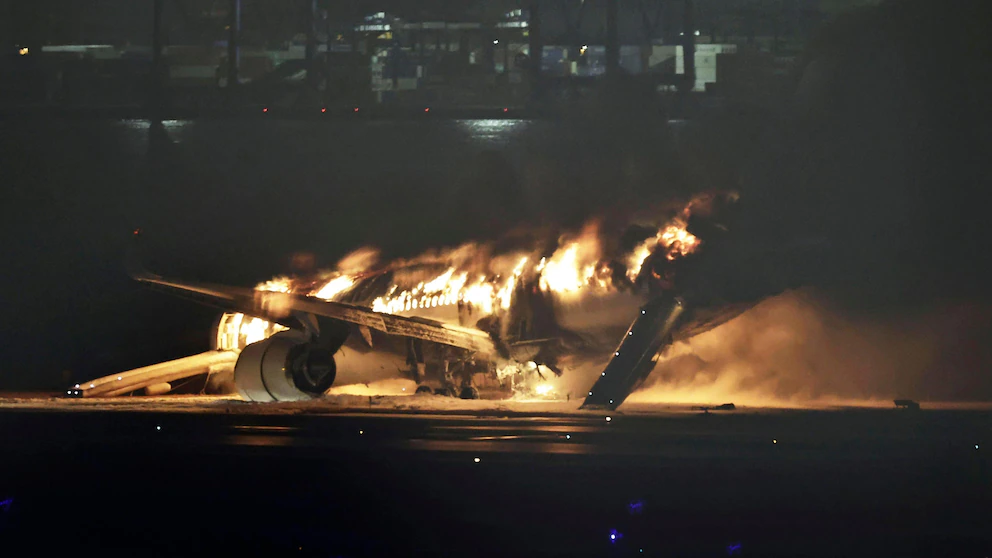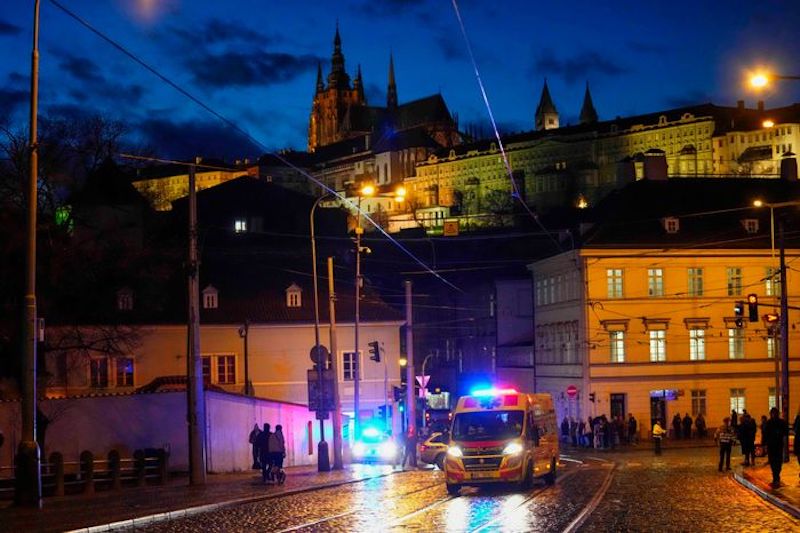New York City found itself in the eye of a severe storm recently, with over 7 inches of rain deluging the city in less than 24 hours. This dramatic event transformed city streets into fast-flowing rivers and brought subway travel to a standstill as water inundated underground transit stations.
The storm’s ferocity serves as a stark reminder of the vulnerability of the Big Apple’s aging infrastructure to extreme weather events exacerbated by climate change. It’s been over a decade since Hurricane Sandy forced officials to reevaluate climate resilience in the city, but recent events suggest there is still much work to be done.
Some of the hardest-hit areas experienced heavy rainfall, with rates reaching up to 2.5 inches per hour. Flash flooding closed numerous roads, submerged vehicles, and trapped several city buses. The impact rippled through the transportation network, leading to suspensions and severe delays in subways, regional rail lines, and air travel. In Brooklyn, at least one school had to be evacuated during the storm.
Joseph Kane, a fellow specializing in infrastructure at the Brookings Institute, a nonprofit think tank, highlighted the pressing issue: “The reality staring city leaders in the face, including in places like New York, is that the climate is getting more extreme, more unpredictable and requiring more investment. Usually, it’s too little too late.”
Steve Bowen, Chief Science Officer for Gallagher Re, a global reinsurance broker, pointed out that events like these underline the rapid shifts in risk that cities like New York are experiencing as climate change intensifies rainfall and exposes the limitations of existing infrastructure.
A warmer atmosphere, driven by climate change, has the capacity to hold and deliver more moisture, resulting in more intense storms, as Bowen explained: “The bottom line is that we have infrastructure in New York, infrastructure all across the U.S., and frankly in many parts of the world that is simply not capable of withstanding the climate that we’re seeing today and certainly not the climate that is yet to come in the future.”
Approximately 23 million people in New York, New Jersey, and Connecticut were under flood watches during this storm. New York Governor Kathy Hochul declared a state of emergency for New York City, Long Island, and the Hudson Valley, characterizing the storm as a “life-threatening rainfall event.”
However, Mayor Eric Adams, who also declared a separate state of emergency, faced criticism for his delayed response and inadequate early warnings to residents about the gravity of the situation.
Zachary Iscol, New York City’s Emergency Management Commissioner, noted that Friday marked the city’s wettest day since Hurricane Ida.
Hurricane Sandy, which struck in October 2012, was expected to be a wake-up call for New York officials regarding climate and weather risks. The storm’s catastrophic storm surge caused extensive damage along the coasts of New York and New Jersey, cutting power to 2 million New Yorkers and claiming the lives of 43 city residents. The storm caused an estimated $19 billion in damage to New York City.
Regrettably, not enough progress has been made in fortifying New York against climate risks since then, according to the city comptroller’s office. Louise Yeung, the comptroller’s Chief Climate Officer, emphasized in April 2022 that despite nearly a decade passing since Superstorm Sandy and six months after Hurricane Ida, insufficient preparations had been made for future storms. Moreover, much of the federal grant funding allocated to the city after Hurricane Sandy had not been fully utilized, with the city’s capital contributions to resilience projects largely remaining untapped.
Progress in this regard has been “plodding,” as outlined in the report.
The recent flash flooding event, along with Hurricane Ida, has introduced new concerns, highlighting that many of the investments made by the city after Hurricane Sandy primarily address coastal flooding and sea-level rise, not the challenges posed by extreme precipitation.
“Heavy rainstorms like the one we are seeing today are becoming our new normal as climate change intensifies,” Yeung emphasized. She added that addressing this issue necessitates different investments such as expanding green infrastructure, upgrading the storm sewer system, and improving real-time emergency communication capable of handling localized flash flooding.
Yeung concluded, “We are not fixing things at the pace our climate is changing, and that’s going to continue to be a challenge every time we get one of these rainstorms or hurricanes.” The urgent need for comprehensive climate resilience measures in New York City is undeniable, as extreme weather events become increasingly frequent and severe.
Image Source: Google











